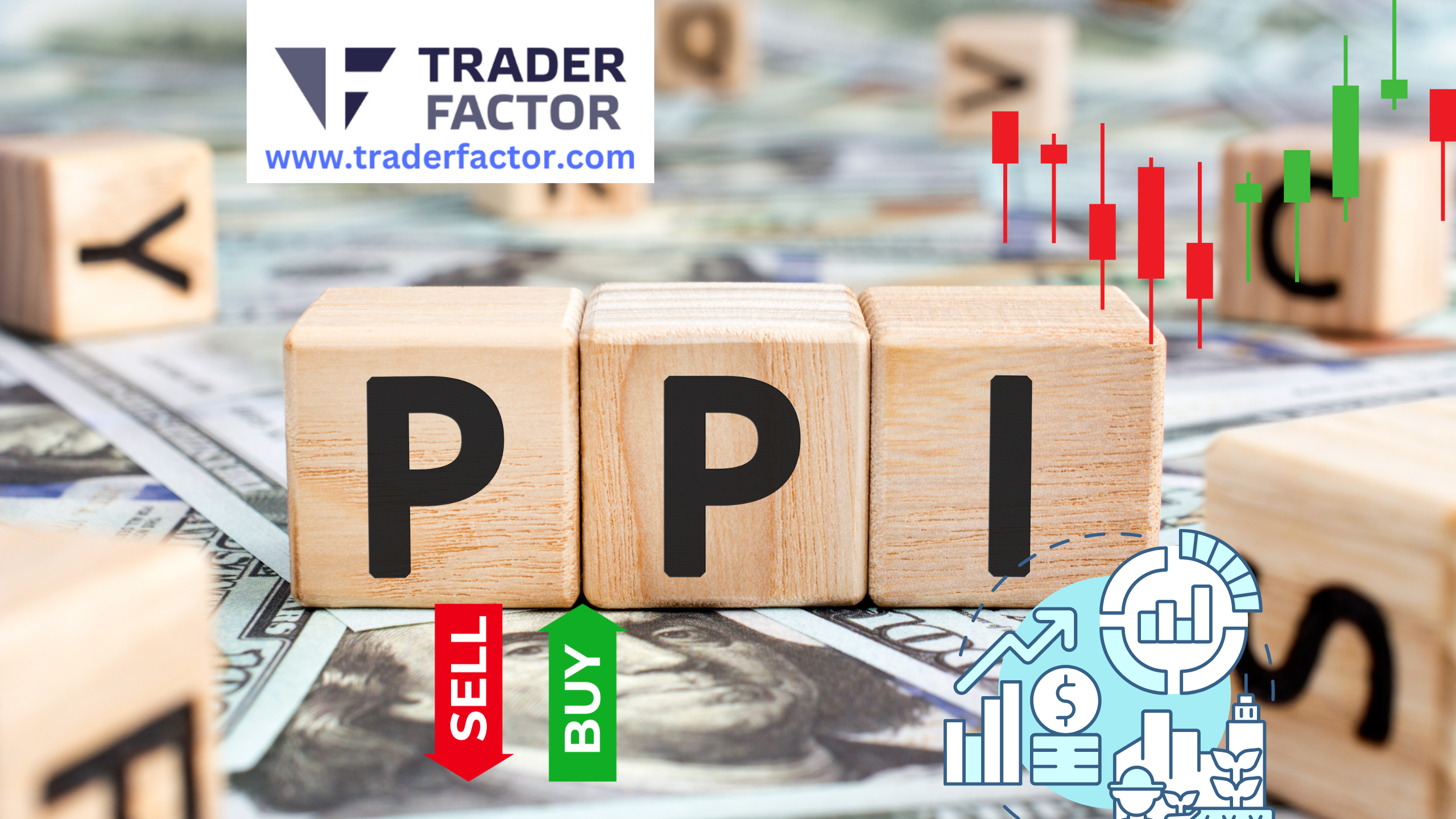Traders are closely monitoring the upcoming release of the US Producer Price Index (PPI) data, expected later today. This report will provide crucial insights into wholesale inflation trends and their potential impact on the broader economy. The data is highly anticipated as it precedes the monthly release of the Consumer Price Index (CPI).
Expected Changes in Core PPI
The core PPI, which excludes volatile food and energy prices, is anticipated to have risen by 0.2% in July. This marks a slight increase from the previous month’s rise of 0.4%. On an annual basis, the core PPI is projected to show a 2.7% gain, down from 3% for the year ending in June. The core PPI is a vital measure for economists as it provides a clearer view of underlying inflation trends, excluding the most volatile components.
Significance of PPI in Relation to CPI
The PPI is a critical economic indicator as it measures the average changes in selling prices received by domestic producers for their output. It serves as a leading indicator for the Consumer Price Index (CPI), which tracks the changes in prices paid by consumers. A rise in PPI often precedes an increase in CPI, as higher wholesale prices are eventually passed on to consumers. This makes the PPI data crucial for traders and economists who are trying to gauge future inflation trends.
Recent Trends in Producer-Price Inflation
Over the past year, producer-price inflation has shown more volatility compared to consumer inflation. Monthly changes in the PPI have ranged from a significant 0.6% increase to a 0.3% decrease. This fluctuation highlights the unpredictable nature of wholesale prices and the various factors influencing them, such as supply chain disruptions and changes in demand.
Role of Services Prices in PPI
Services prices have been a significant driver of recent producer inflation. In June, wholesale prices for services increased by 0.6%, while prices for goods saw a decline of 0.5% due to a sharp drop in energy prices. The rise in services prices underscores the sector’s growing influence on overall producer inflation, reflecting shifts in the economy towards a more service-oriented structure.
Federal Reserve’s Inflation Target
The Federal Reserve aims to maintain an annual inflation rate of around 2%, based on the personal consumption expenditures (PCE) price index. This target includes components similar to those measured by both the PPI and CPI. Understanding the trends in PPI helps analysts predict the likely trajectory of the Fed’s preferred inflation measure, influencing monetary policy decisions.
Impact on Currency Markets
The release of the PPI data is closely watched by currency traders, particularly those dealing in EUR/USD and GBP/USD pairs. The EUR/USD pair has been trading slightly above 1.0900, influenced by both US and European economic data. For instance, the recent decline in the ZEW Economic Sentiment in Germany has made it challenging for the Euro to gain traction. Meanwhile, the US Dollar has shown resilience, partly due to steady US Treasury bond yields.
Similarly, the GBP/USD pair has been consolidating gains, driven by UK employment data. The UK’s unemployment rate fell to 4.2% in the three months to June, down from 4.4%, providing support for the Pound. However, traders are cautious ahead of the US PPI release, which could influence the pair’s movement depending on the data’s impact on the USD.
In summary, the upcoming US PPI data release is a pivotal event for traders and analysts, providing crucial insights into inflation trends and their potential impact on the economy and currency markets.
Disclaimer:
All information has been prepared by TraderFactor or partners. The information does not contain a record of TraderFactor or partner’s prices or an offer of or solicitation for a transaction in any financial instrument. No representation or warranty is given as to the accuracy or completeness of this information. Any material provided does not have regard to the specific investment objective and financial situation of any person who may read it. Past performance is not a reliable indicator of future performance.

















